|
#4
21st May 2015, 03:10 PM
| |||
| |||
| Re: NCERT Class 12th Physics Syllabus
You are asking for the NCERT Class 12th Physics Syllabus. Here I am uploading a file that contains the NCERT Class 12th Physics Syllabus. You can download this from here. Here I am also providing you some content of the file. This is as follows: Physics Syllabus 1 ELECTRIC CHARGES AND FIELDS 1.1 Introduction of Electric Charges and Fields 1.2 Electric Charges 1.3 Conductors and Insulators 1.4 Charging by Induction 1.5 Basic Properties of Electric Charge 1.6 Coulomb’s Law 1.7 Forces between Multiple Charges 1.8 Electric Field 1.9 Electric Field Lines 1.10 Electric Flux 1.11 Electric Dipole 1.12 Dipole in a Uniform External Field 1.13 Continuous Charge Distribution 1.14 Gauss’s Law 1.15 Application of Gauss’s Law 2 ELECTROSTATIC POTENTIAL AND CAPACITANCE 2.1 Introduction of Electrostatic Potential and Capacitance 2.2 Electrostatic Potential 2.3 Potential due to a Point Charge 2.4 Potential due to an Electric Dipole 2.5 Potential due to a System of Charges 2.6 Equipotential Surfaces 2.7 Potential Energy of a System of Charges 2.8 Potential Energy in an External Field 2.9 Electrostatics of Conductors 2.10 Dielectrics and Polarisation 2.11 Capacitors and Capacitance 2.12 The Parallel Plate Capacitor 2.13 Effect of Dielectric on Capacitance 2.14 Combination of Capacitors 2.15 Energy Stored in a Capacitor 2.16 Van de Graaff Generator 3 CURRENT ELECTRICITY 3.1 Introduction of Current Electricity 3.2 Electric Current 3.3 Electric Currents in Conductors 3.4 Ohm’s law 3.5 Drift of Electrons and the Origin of Resistivity 3.6 Limitations of Ohm’s Law 3.7 Resistivity of various Materials 3.8 Temperature Dependence of Resistivity 3.9 Electrical Energy, Power 3.10 Combination of Resistors – Series and Parallel 3.11 Cells, emf, Internal Resistance 3.12 Cells in Series and in Parallel 3.13 Kirchhoff’s Laws 3.14 Wheatstone Bridge 3.15 Meter Bridge 3.16 Potentiometer 4 MOVING CHARGES AND MAGNETISM 4.1 Introduction of Moving Charges and Magnetism 4.2 Magnetic Force 4.3 Motion in a Magnetic Field 4.4 Motion in Combined Electric and Magnetic Fields 4.5 Magnetic Field due to a Current Element, Biot-Savart Law 4.6 Magnetic Field on the Axis of a Circular Current Loop 4.7 Ampere’s Circuital Law 4.8 The Solenoid and the Toroid 4.9 Force between Two Parallel Currents, the Ampere 4.10 Torque on Current Loop, Magnetic Dipole 4.11 The Moving Coil Galvanometer 5 MAGNETISM AND MATTER 5.1 Introduction of Magnetism and Matter 5.2 The Bar Magnet 5.3 Magnetism and Gauss’s Law 5.4 The Earth’s Magnetism 5.5 Magnetization and Magnetic Intensity 5.6 Magnetic Properties of Materials 5.7 Permanent Magnets and Electromagnets 6 ELECTROMAGNETIC INDUCTION 6.1 Introduction of Electromagnetic Induction 6.2 The Experiments of Faraday and Henry 6.3 Magnetic Flux 6.4 Faraday’s Law of Induction 6.5 Lenz’s Law and Conservation of Energy 6.6 Motional Electromotive Force 6.7 Energy Consideration : A Quantitative Study 6.8 Eddy Currents 6.9 Inductance 6.10 AC Generator 7 ALTERNATING CURRENT 7.1 Introduction of Alternating Current 7.2 AC Voltage Applied to a Resistor 7.3 Representation of AC Current and Voltage by Rotating Vectors – Phasors 7.4 AC Voltage Applied to an Inductor 7.5 AC Voltage Applied to a Capacitor 7.6 AC Voltage Applied to a Series LCR Circuit 7.7 Power in AC Circuit: The Power Factor 7.8 LC Oscillations 7.9 Transformers 8 ELECTROMAGNETIC WAVES 8.1 Introduction of Electromagnetic Waves 8.2 Displacement Current 8.3 Electromagnetic Waves 8.4 Electromagnetic Spectrum 9 RAY OPTICS AND OPTICAL INSTRUMENTS 9.1 Introduction of Ray Optics and Optical Instruments 9.2 Reflection of Light by Spherical Mirrors 9.3 Refraction 9.4 Total Internal Reflection 9.5 Refraction at Spherical Surfaces and by Lenses 9.6 Refraction through a Prism 9.7 Dispersion by a Prism 9.8 Some Natural Phenomena due to Sunlight 9.9 Optical Instruments 10 WAVE OPTICS 10.1 Introduction of Wave Optics 10.2 Huygens Principle 10.3 Refraction and reflection of Plane waves using Huygens Principle 10.4 Coherent and Incoherent Addition of Waves 10.5 Interference of Light Waves and Young’s Experiment 10.6 Diffraction 10.7 Polarization 11 DUAL NATURE OF RADIATION AND MATTER 11.1 Introduction of Dual nature of Radiation and Matter 11.2 Electron Emission 11.3 Photoelectric Effect 11.4 Experimental Study of Photoelectric Effect 11.5 Photoelectric Effect and Wave Theory of Light 11.6 Einstein’s Photoelectric Equation: Energy Quantum of Radiation 11.7 Particle Nature of Light: The Photon 11.8 Wave Nature of Matter 11.9 Davisson and Germer Experiment 12 ATOMS 12.1 Introduction of Atoms 12.2 Alpha-particle Scattering and Rutherford’s Nuclear Model of Atom 12.3 Atomic Spectra 12.4 Bohr Model of the Hydrogen Atom 12.5 The line Spectra of the Hydrogen Atom 12.6 DE Broglie’s Explanation of Bohr’s Second Postulate of Quantisation 13 NUCLEI 13.1 Introduction of Nuclei 13.2 Atomic Masses and Composition of Nucleus 13.3 Size of the Nucleus 13.4 Mass-Energy and Nuclear Binding Energy 13.5 Nuclear Force 13.6 Radioactivity 13.7 Nuclear Energy 14 SEMICONDUCTOR ELECTRONICS: MATERIALS, DEVICES AND SIMPLE CIRCUITS 14.1 Introduction of Semiconductor Electronics: Materials, Devices and Simple Circuits 14.2 Classification of Metals, Conductors and Semiconductors 14.3 Intrinsic Semiconductor 14.4 Extrinsic Semiconductor 14.5 P-n Junction 14.6 Semiconductor diode 14.7 Application of Junction Diode as a Rectifier 14.8 Special Purpose p-n Junction Diodes 14.9 Junction Transistor 14.10 Digital Electronics and Logic Gates 14.11 Integrated Circuits 15 COMMUNICATION SYSTEMS 15.1 Introduction of Communication Systems 15.2 Elements of a Communication System 15.3 Basic Terminology Used in Electronic Communication Systems 15.4 Bandwidth of Signals 15.5 Bandwidth of Transmission Medium 15.6 Propagation of Electromagnetic Waves 15.7 Modulation and its Necessity 15.8 Amplitude Modulation 15.9 Production of a Amplitude Modulated Wave 15.10 Detection o f Amplitude Modulated Wave NCERT Class 12th Physics Syllabus  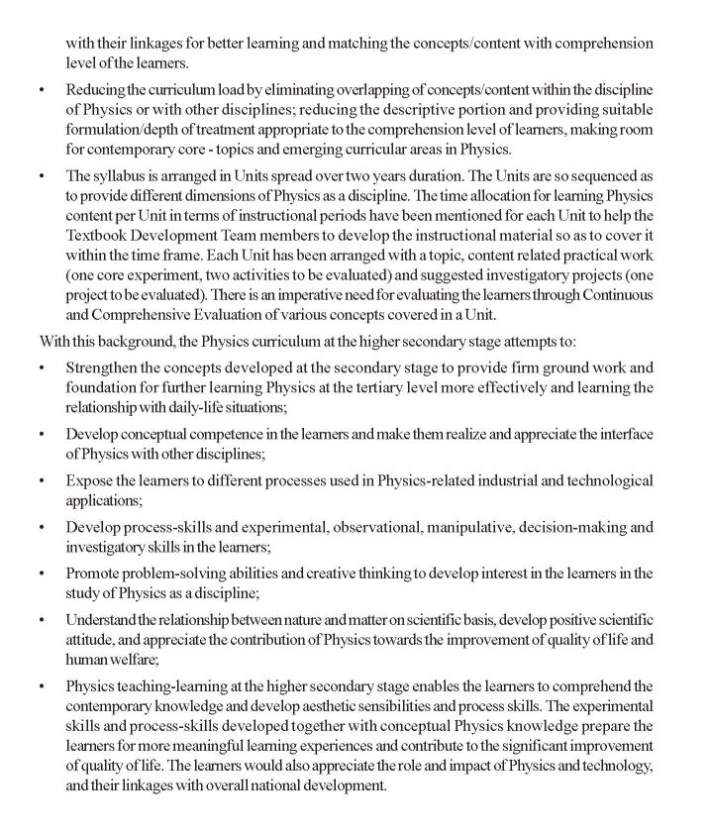 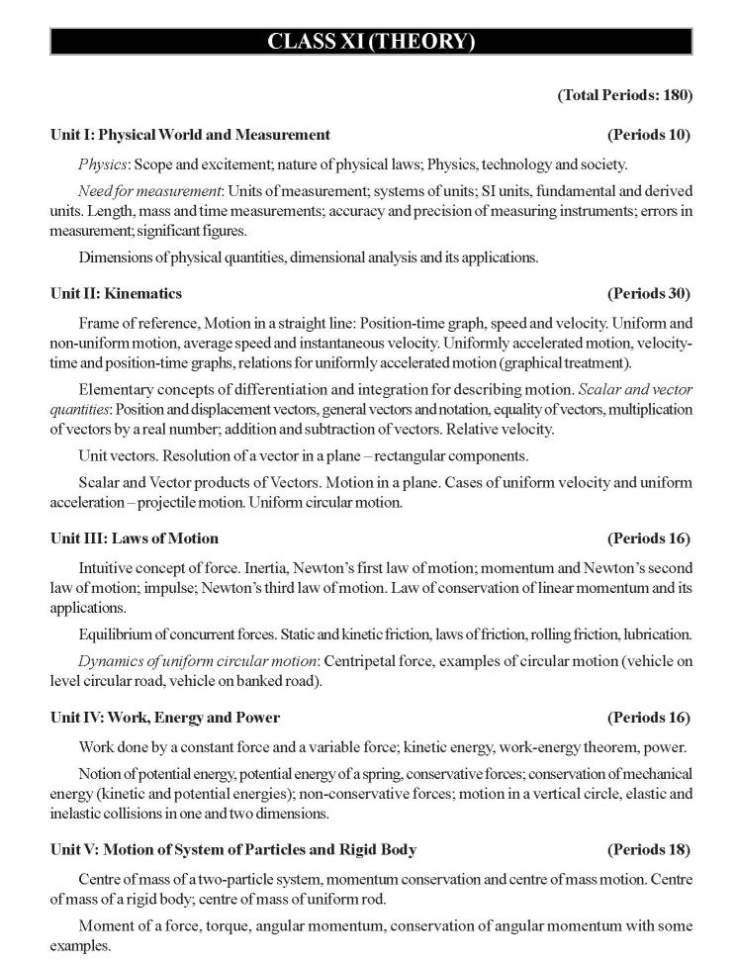 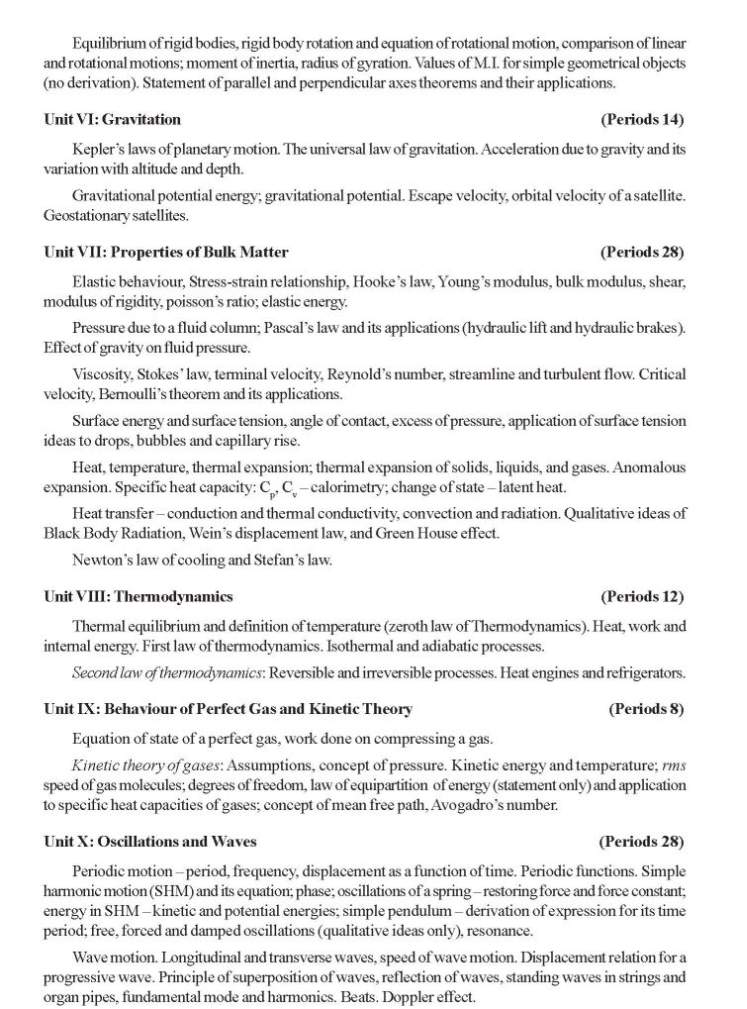 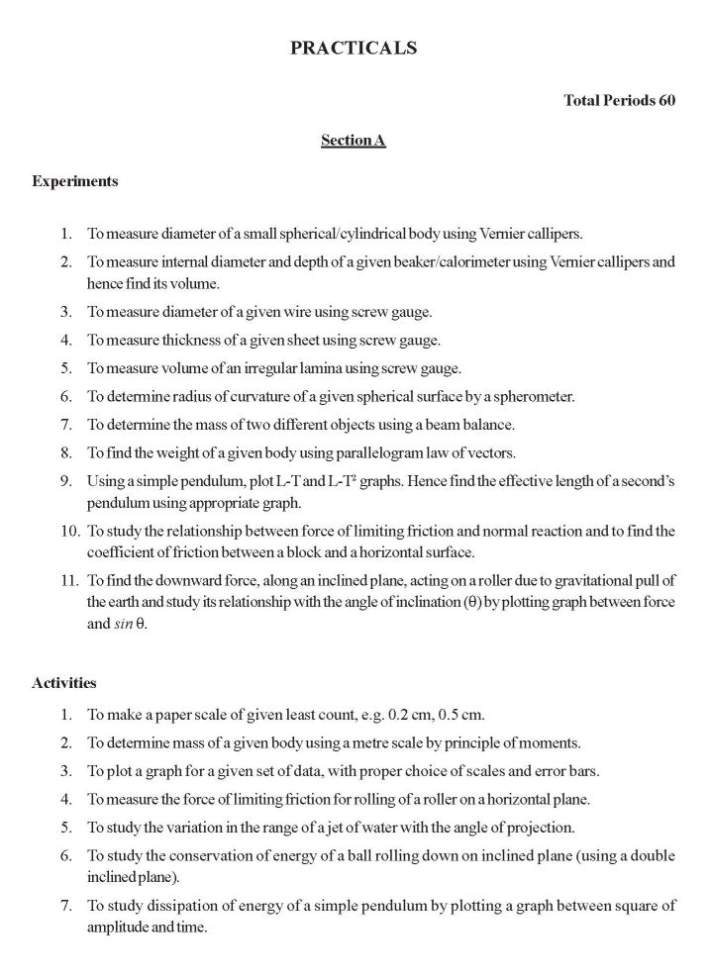 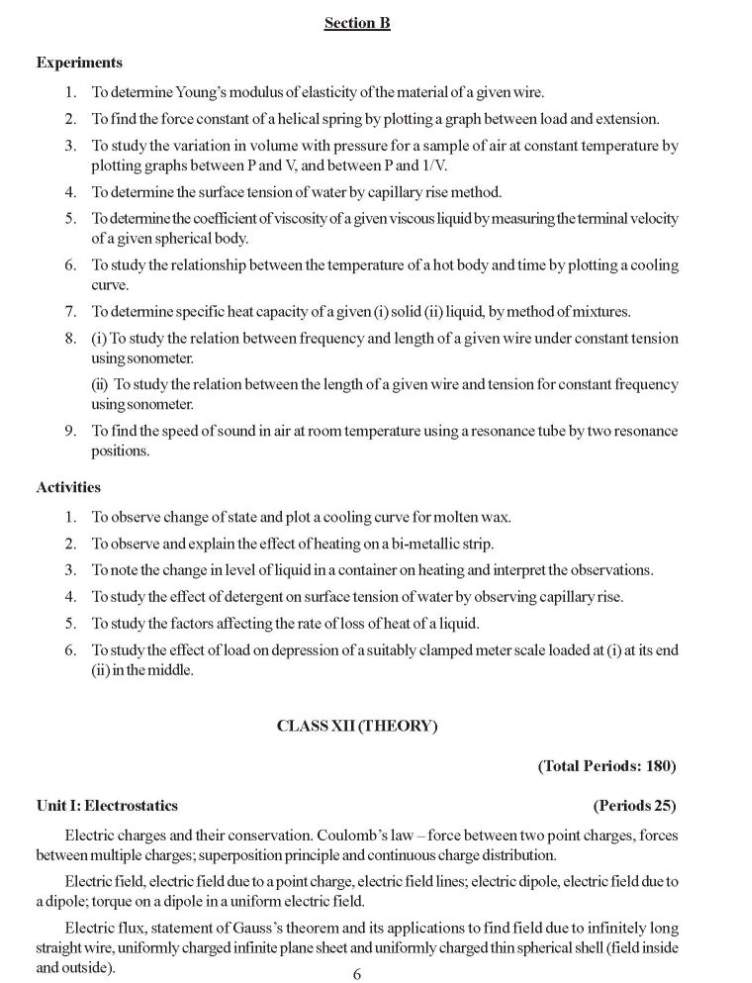 |